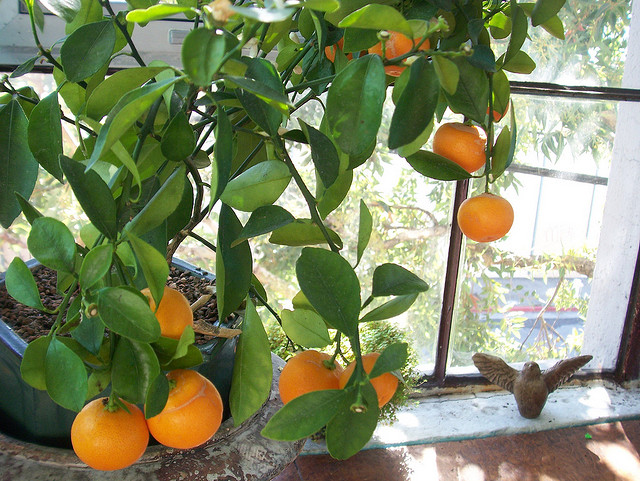What could be more delicious than plucking a juicy, ripe, sun-warmed peach straight from the tree and taking a big bite, slurping up the sweet juices as they run down your arm? Tart and crunchy apples, dark purple cherries and pendulous pears are all nature’s candy and they can be grown right in your own back garden.
Growing your own fruit trees at home will not only save you money and be better for the environment, it will mean that you always have the healthiest and best tasting fruit to enjoy in desserts, jams, glazes, chutneys, smoothies, salads and more.
Here are some tips for planting your own fruit trees at home:
How Much Space Do You Have?
The first step is to look at your property and determine how much space you have for fruit trees. If you have a large enough property you will have the space for bigger trees such as apple tree, peach trees and pear trees. In order for these trees to have enough room to grow to their full potential they will need to be planted at least 8 feet apart.
If you have a small property you still might be able to grow your own fruit trees. Look into getting dwarf trees, which are super small fruit trees (usually citrus) that can be grown in pots.
Take Care During Transport
When you bring your fruit tree home for the first time it will have its roots exposed in a “root ball”. Be extra gentle with this part of the tree, because if it becomes damaged this can cause the entire tree to die. When you are transporting it, keep it moist and shade it from direct sunlight. Make sure that you get it planted in the ground as soon as possible.
Think About Pollination
Once you have planted your tree, your work is not done. Without the pollination process your trees will produce nothing but blooms, so you will have to get the birds and the bees working on your side.
If you have a fruit tree which is “self-pollinating” this means that there are both male and female flowers on the same tree and it will pollinate itself. Examples of self-pollinating trees are nectarines, citrus and peaches. If not, you will need to plant at least two trees for self-pollination, especially if you are planting plums, pears or apples.
Thin the Fruit Right Away
As soon as the young fruit starts to appear, you can start removing it from the tree. Why? This is because the tree only has so much energy at a time to use to produce fruit, so if you thin down the first batch the tree will be able to focus on producing larger fruit. Make sure that you do this right away very early in the season when the fruit is still very small.
Keep Pests Away, Naturally
Deer, insects and other garden pests can wreak havoc on your fruit trees, damaging their bark and gobbling up all of the tasty produce. However, don’t try to get rid of them with toxic pesticides as this can really damage the environment. Use organic deterrents, fences and other environmentally friendly techniques to keep your fruit tree orchard from becoming a snack for pests.
Growing fruit trees at home can take a lot of work, but the rewards that you will receive are definitely worth the labour. When you first bite into that juicy ripe apple, orange or peach you will be glad for all of your hard work and you will look forward to many years of delicious home grown fruit!
Are you interested in growing your own fruit trees at home? Here are some helpful tips for getting started.

